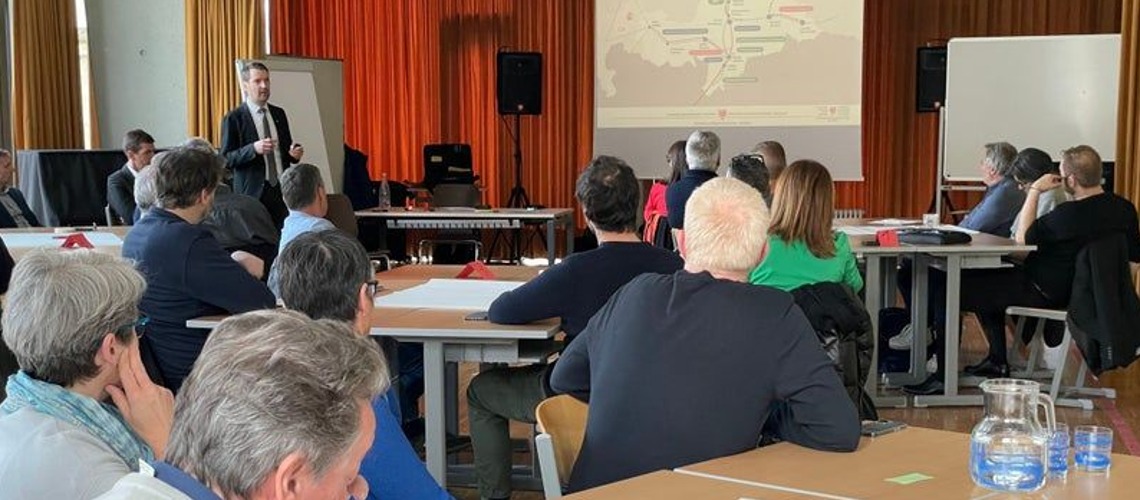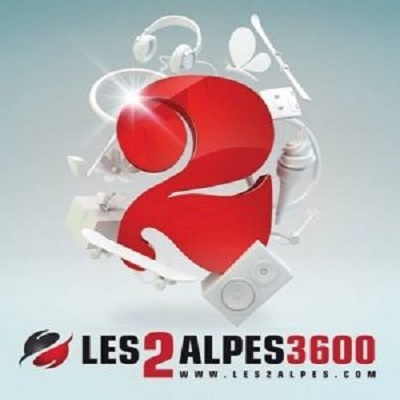Funicular Meran-Schenna: First Meeting Of The Working Group Takes Place

The overall project of the Meran-Schenna funicular and the variants of the valley station were the focus of the first meeting of the working group in the high schools in Meran
For more than two and a half hours, the focus was on the entire project of the Meran-Schenna funicular, then the different variants of the valley station were discussed: At the first meeting of the working group on the funicular, there was a long discussion, but in a constructive exchange of information, according to the subsequent balance of the representatives of the State of South Tyrol.
The working group for the Meran-Schenna funicular is made up of 31 participants who were appointed by the municipalities. It was supplemented by two representatives of the "Not like that" committee.
The overall project: advantages of a funicular
The Director of the State Department for Infrastructure and Mobility, Martin Vallazza, and the Director of the State Office for Infrastructure and Sustainable Mobility, Alexander Alber, first explained the overall project and its details together with employees of Südtiroler Transportverbindungen AG (sta). Vallazza emphasized: "We noticed that there was a great need for information and wanted to bring all participants to a common level of information." Alber added: "The aim of the project is to offer the area around Meran an efficient and modern way of reaching the city. On the other hand, this system, in conjunction with the Küchlberg tunnel, creates the conditions for a considerable relief of individual traffic in Meran, but also from extra-urban bus traffic ."
In this workshop moderated by Helios and Commteam, mobility planner Stefano Ciurnelli also presented the concept of the overall project. It also includes the Bus Rapid Transit System (BRT) and the intermodal hub at the Handwerkerzone Tirol. Cable car planner Andrea Boghetto explained why he and the other planners consider the funicular system to be the best solution for this project: "A funicular has many advantages: it offers speed, quiet, safety, independence from the weather, high capacity and is relatively low-maintenance." The construction on stilts enables the grounds below the building to be cultivated and the construction of the valley and mountain stations also makes it possible to take bicycles and prams with you.
Karl-Wolf-Platz or Galileistraße: advantages and disadvantages of the valley station variants
The next step was to explain the different variants of the valley station in detail. According to the planners, two variants have different advantages and disadvantages: The variant at Karl-Wolf-Platz is slightly more efficient and achieves better results from a transport point of view. The variant in Galileistraße is technically feasible and is closer to the old town. Since there are already structures underground right there, it is associated with some technical effort.
The variant of the valley station at the Tyrolean trades zone without a continuation of the funicular to Meran was ruled out: the transport capacity there would be reduced by 50 percent. This would not pay off the project.
The working group discussed the variants in detail and at the end gave a picture of the mood using the method of so-called systemic consensus. Despite the intensive discussion, department head Vallazza emphasized the importance of the exchange: "The discussion was exhausting for everyone, but it was necessary and good." He expressed satisfaction that the working group had the chance to better understand the project. Through the discussion, he and the technicians were also able to better understand the concerns and arguments of the participants.
Task of the working group: recommendation to politicians
The next workshop is planned for April 20, when the focus will be on the variants of the mountain station and the routing. At the end of the process, the working group should make a recommendation to politicians. This then makes the final decision on the project.
Current information is available on the project website www.standseilbahn-funicolare.it.














